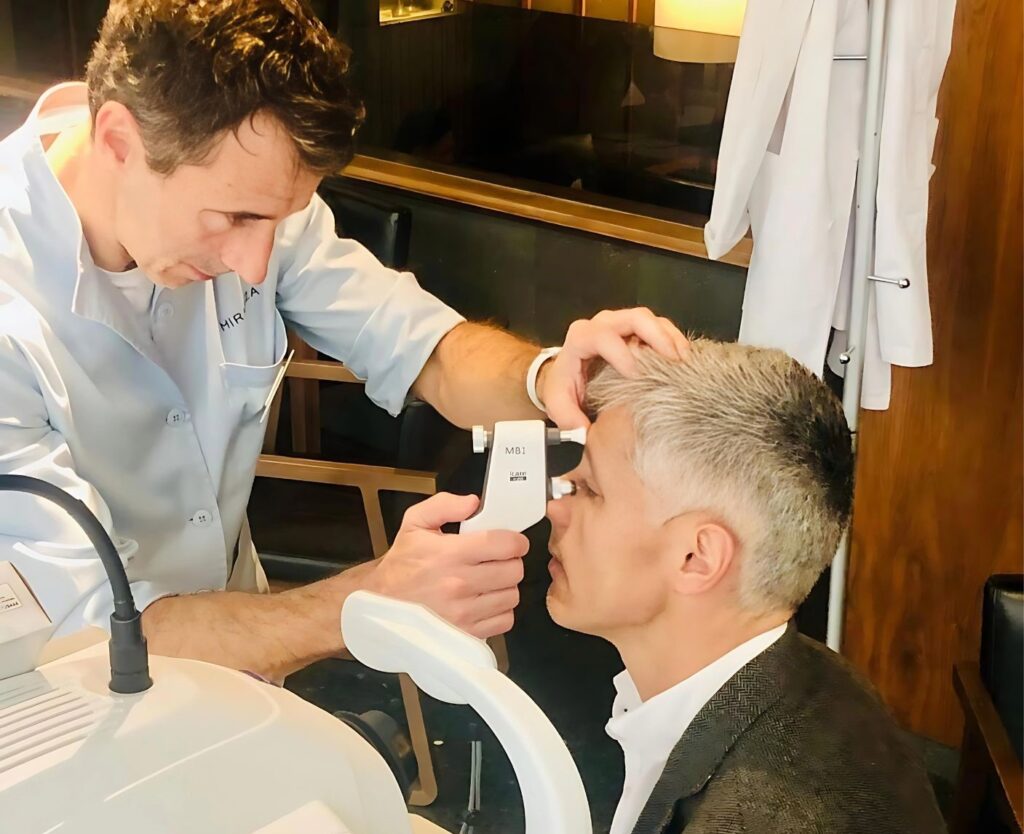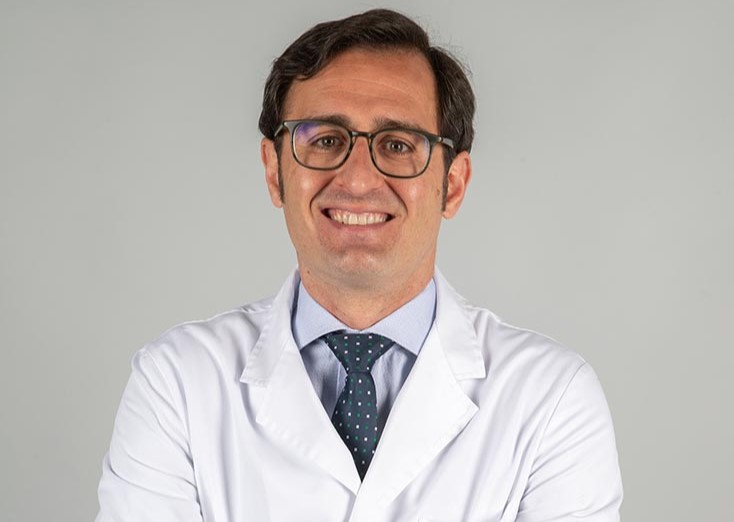
Almost 50% of patients with glaucoma are undiagnosed
Glaucoma progressively affects the optic nerve and it is often said to be a “silent” disease. This is the case because, as Dr Fernando López, a specialist at Miranza Instituto Gómez-Ulla, explains, “it shows no visual symptoms in its initial phases. In fact, almost half of those affected do not realise they are suffering from it. That is why early diagnosis of the disease with regular eye examinations is so important”.
Glaucoma: beyond ocular hypertension
Check-ups are also key to the early detection of glaucoma in people without ocular hypertension (its main risk factor). Along these lines, Dr López explains that “we often come across patients who believe this disease is synonymous with high eye pressure. However, although it is quite rare, it is also possible to have normal eye pressure and glaucoma”.
This is because this group of patients is more likely to suffer damage to the optic nerve, even if their eye pressure is normal.
How does eye pressure affect eyesight?
In more common forms of glaucoma, with high eye pressure, the disease evolves progressively.“The eye becomes used to the situation and the patient has no pain or itchiness or any kind of discomfort”, explains the specialist from Miranza Instituto Gómez-Ulla. However, there can also be a sudden increase in pressure and “in these cases, they might feel pain in the eye or notice changes in their eyesight”.
Therefore, the patient might find out that they have glaucoma “during an eye examination or when the disease has advanced so far that it has already affected their visual field and they cannot see as well as before”.
Can the visual damage be recovered? “No, with current treatments (eye drops, laser, and surgery) we can only maintain the level of vision at the time of the diagnosis”, explains Dr López.

Preventing irreversible damage
The expert from the Miranza clinic in Galicia points out that, as well as high eye pressure, attention should also be paid to other risk factors, such as:
- A family history of glaucoma.
- Ageing (the over 60s).
- High myopia.
Advances in diagnostic technology
Lastly, the glaucoma specialist from Miranza Instituto Gómez-Ulla highlights an advance: “Thanks to the development of new technological tools, such as telemedicine or artificial intelligence, we will be able to make much earlier diagnoses”.
In the case of artificial intelligence (one of the research projects promoted by the Miranza R&D&I area), this paves the way towards a more personalised treatment to improve the quality of life of the patient with glaucoma.